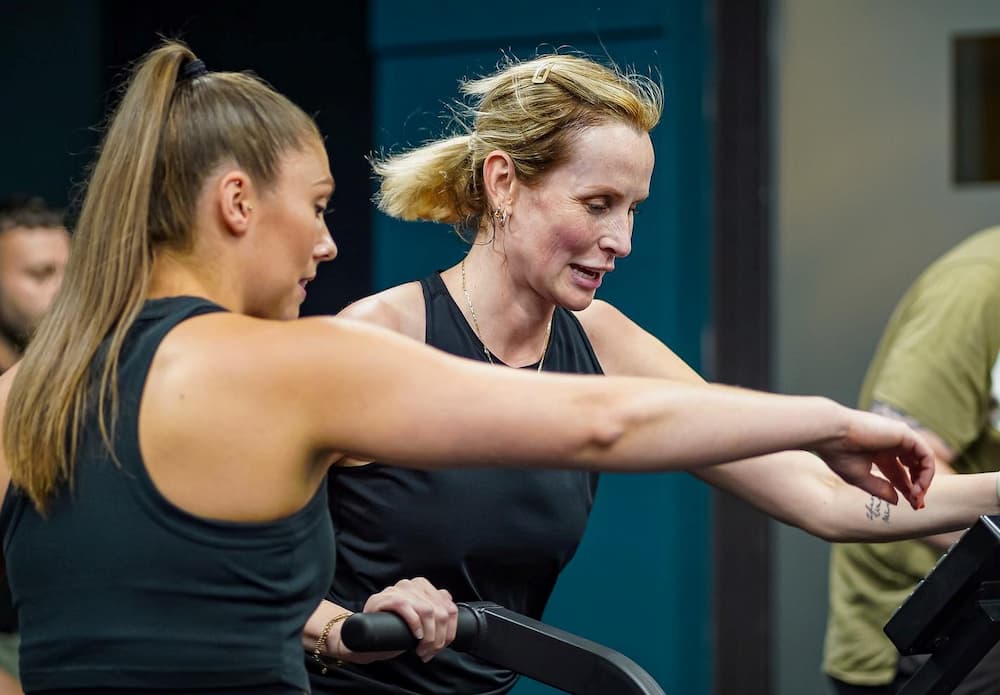There are hundreds of ways of getting into shape, but there are certain principles that apply to all forms of training, no matter the goal. Assuming that safety, effectiveness and progression are at the core of the programme, there is a set of rules that any sensible and well thought out programme should follow.
The classic principles include complex exercises before more simple ones, multi-joint exercises before isolation movements, and strength training before cardiovascular exercises, for example. But the purpose of this article is not to delve too deeply into programme design – besides, it’s impossible to give true examples without the context of the broader programme. Instead, and assuming you’re dealing with well thought out programmes, I want to discuss how best to work out which exercise is best for you.
Six point plan for cherry-picking your most suitable school of fitness:
1. Choose exercise for a specific goal:
There are times when we choose certain exercises simply because we enjoy them, and that’s good, important in fact. But if you if you want to reach your goal more efficiently, you’d do better to pick specific exercises, rather than repeat the same stuff over and over again. Think about it, unless an exercise is going to help us get what we want from our programme, why include it? If you’re trying to increase single leg stability for example, standing bow-legged on a balance board is probably not what you should be doing, no matter how much fun it might be.
2. Pick a workout that suits your body:
Certain people are better suited to certain exercises. This is pretty obvious when we look at sports, with certain shapes and sizes being more suited to different disciplines, but the same applies to the rest of us when we workout. Restrictions and injuries are also an important factor, as these too will impact how safely and effectively we can perform a given movement. Squats are a great exercise for example, but if we lack the pre-requisite mobility and stability throughout the body, they are very likely to cause injury, especially if we compound that by adding weight.
3. Think time-smart:
squats, lunges, deadlifts, chins ups and interval style training amongst others, which are effective and time efficient, compared to biceps curls and abdominal machines, which in comparison are not.
4. Risks vs. reward:
A lot of us will enjoy the challenge fitness offers us, but beware the worrying trend of making fitness as extreme as possible. I’m all for the development of mental strength through exercise, and I think that the movement toward functional or athletic training is a positive one, but very few of us should be performing Olympic lifting movements, and fewer of us still should be pairing these with sprints for example. Sure, we will burn some calories, and it might be great for fat loss, but the risk of injury is not worth the potential reward. There are other ways of getting the same results.
5. Cross-train cleverly:
Most of us will have goals when it comes to training, and we should follow a gym programme and select exercises accordingly – and then mix and match them sensibly. Some of us go to the gym for general fitness, while others go to compliment other activities, such as running or cycling pursuits. But just remember when supplementing our exercise plans to chose exercises that improve our performance, rather than take more out of us. For the runners amongst us, we should spend our time in the gym focussing on strengthening and prehabilitation exercises, with particular attention to the muscles in the hips, core and back, rather than picking exercises that further stress the knees.
6. Seek out your fitness tribe:
It’s true that as humans we all like being part of something bigger than ourselves, and community is a massive part of fitness. But do try to pick an exercise tribe with like-minded people, and an ethos that suits you. There’s a certain element of snobbery in fitness nowadays, but try to ignore brand association and the latest trend, it’s about forging a long-term relationship here, and that can only happen if you’ve chosen an exercise that can truly deliver on what you want.
If you have any questions on the above or would like some advice on how we could help you with your fitness goal, don’t hesitate, visit our gym in Hoxton and try one of our personal training sessions.
Related Articles
- Make Exercise Fun, but Focused
- What’s Important for Beginner Fitness?
- If I Could Only Do One Exercise: My Case For The Prowler
- The Best AB Exercises To Get a 6 Pack
- Build your Confidence with Exercise

